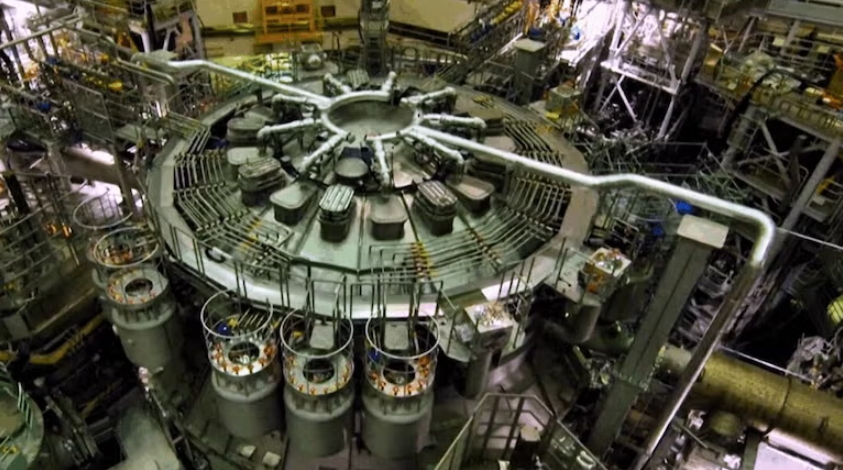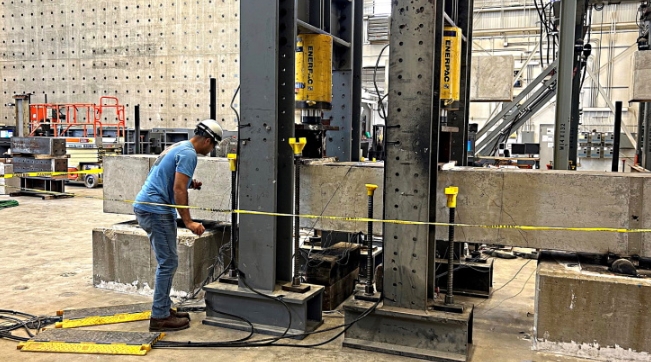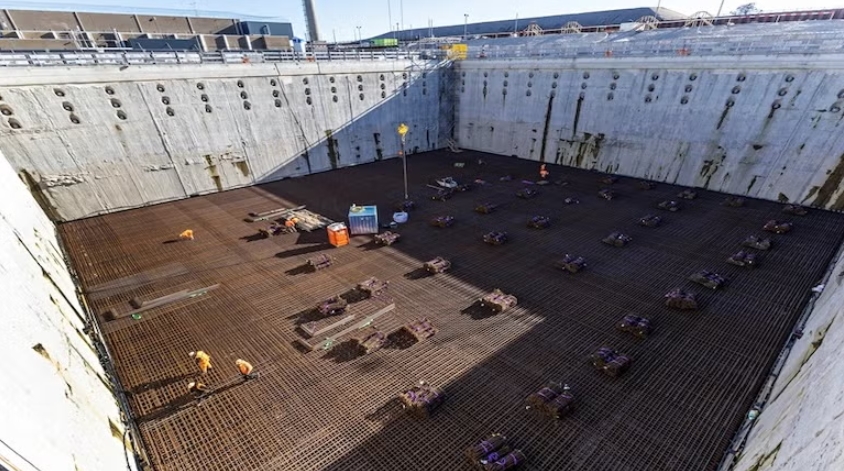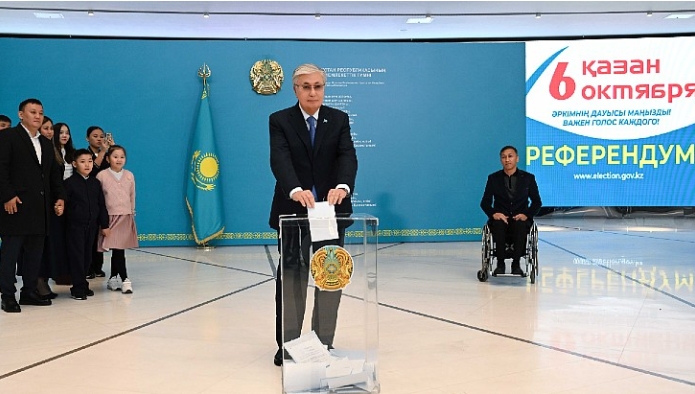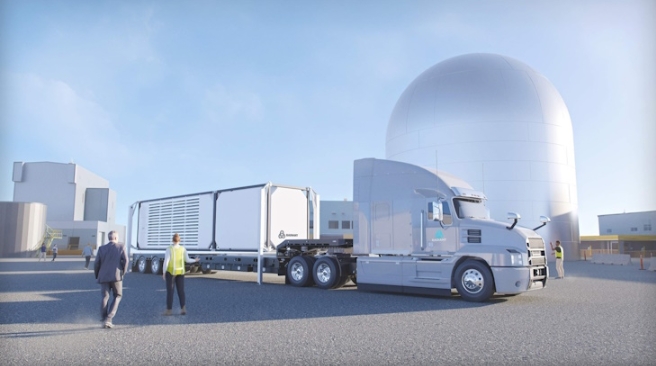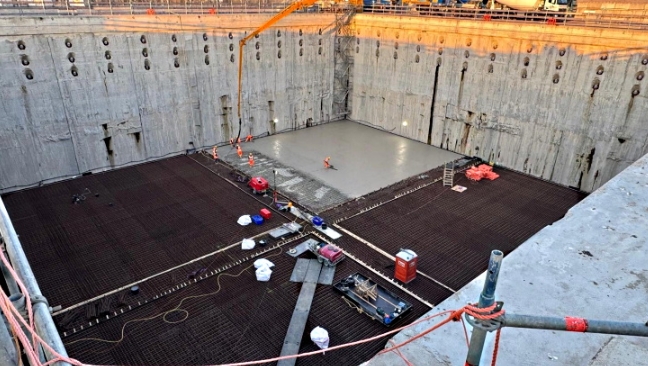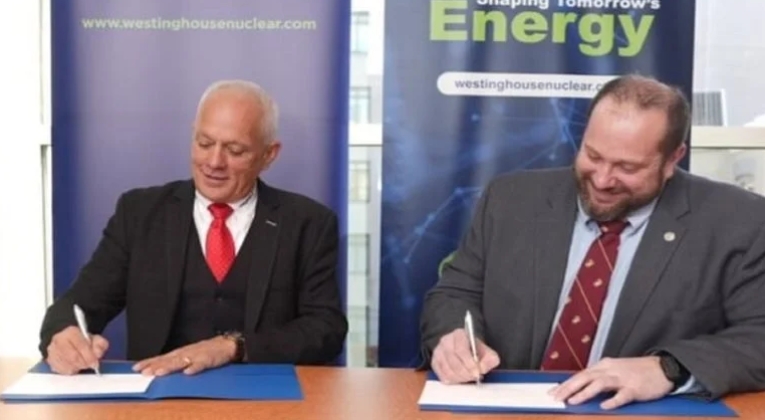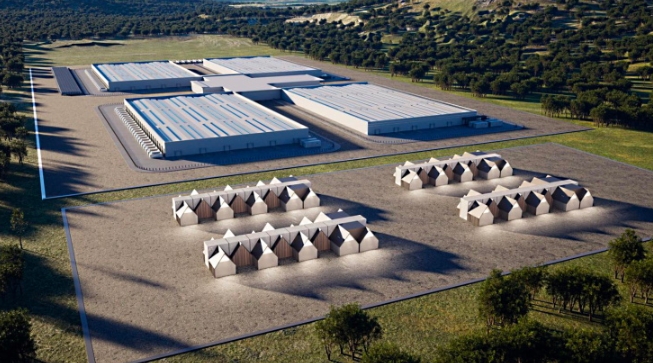The subject of energy efficient buildings continues to emerge. I spent time this week talking with the CEO of an urban modeling company about the potential ways in which their product could be linked to this goal both at the residential and commercial level. At a local climate action conference late last year, much of a session was devoted to making buildings consume less power, something with diminishing climate returns as energy decarbonizes, and with relatively low climate value already in a jurisdiction with only 15 grams of CO2e per kWh electricity.
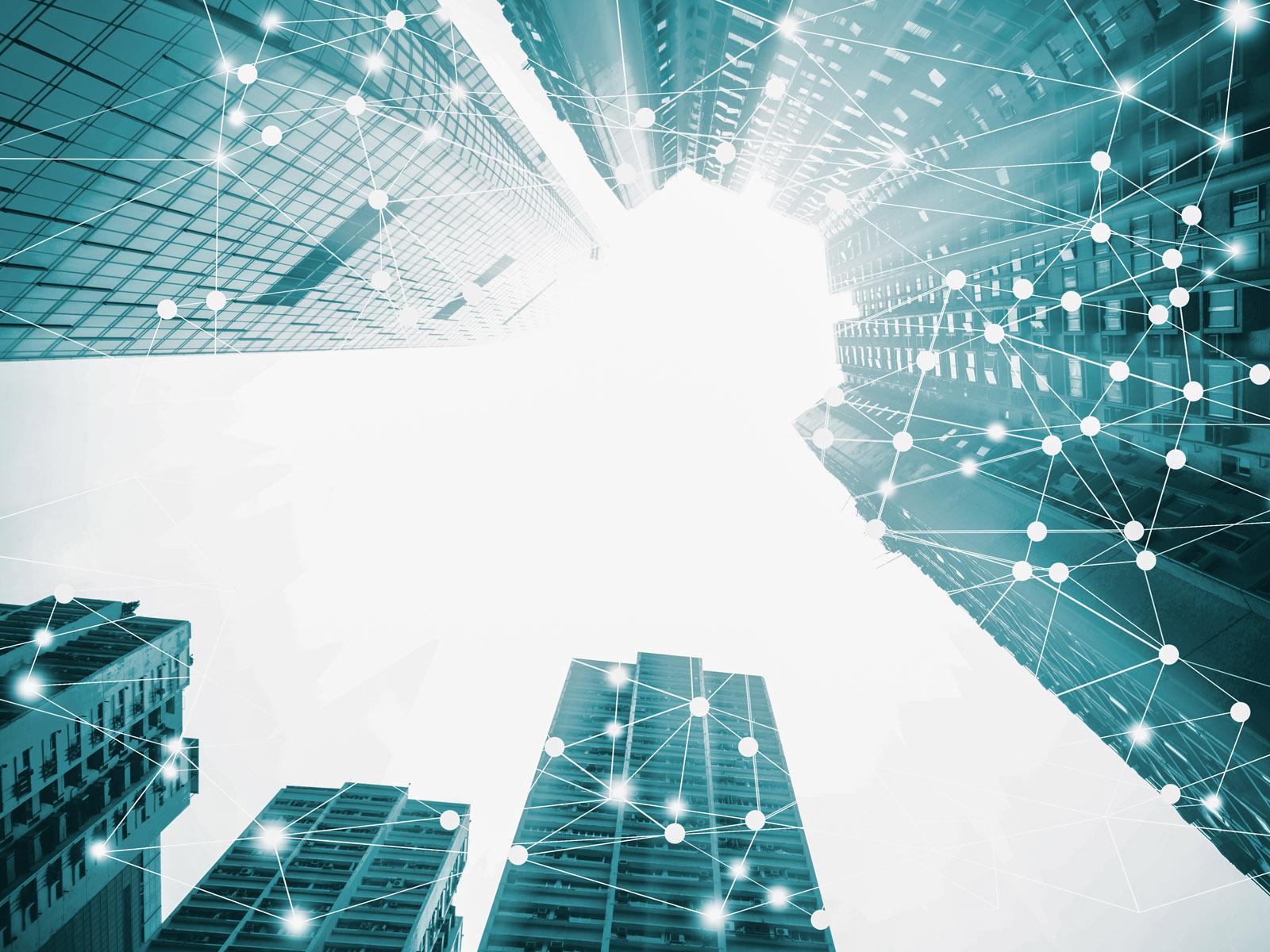
But that doesn’t mean that building efficiency doesn’t have significant merit even near the end game of decarbonization and electrification of everything, an end game we are quite far from reaching still. Efficiency gains today will pay off with climate and cost benefits for the next 20-30 years, and while I project reduced electricity prices in 2050, efficiency would still be cheaper than the alternative. Where the climate vs cost benefit curves trend will vary in every jurisdiction as well, with one of the neighboring jurisdictions still seeing 800 grams CO2e per kWh and a new government that’s much less committed to reducing that figure.
And that’s where machine learning comes in. Multiple firms are leveraging the technology to optimize building energy consumption.
Let’s start our tour with EP&T Global. Founded in Australia in 1993, the company has been focused on commercial building energy and water efficiency for the past 27 years. It has operations around the world, so earns the global in its name. Those worldwide installations of its EdgeZeus IoT sensors and software bring it 4.5 billion data sets on commercial building performance annually, giving it a big data set to mine for greatest optimizations. And it does. The company applies machine learning to the data to sort signal from noise and identify the combination of changes of greatest value to its clients’ buildings, both in terms of direct environmental settings as well as more significant interventions.
Verdigris, the next stop on our tour, is a newer company, formed around IoT and advanced analytics in the San Francisco Bay area in 2011. It has had greatest success in the hotel industry and tech companies with its rapidly installed IoT sensors that clamp onto electrical circuits. The company claims 20%-50% energy reduction, and further that these results are better than its competitors due to sampling 8,000 times per second. This enables it to identify issues that others miss, and makes machine learning to sort signal from noise a critical component.
Heading back to Australia we find Exergenics, which has a different focus: optimizing commercial air conditioning and refrigeration. The company harvests existing building management data, creates a digital twin of the cooling technology, and then uses machine learning and proprietary algorithms to define optimal sequencing and load balancing for the building’s actual operation profile based on its history. As with many of these solutions, they tie in external environmental conditions and real time building data to keep everything optimal.
Next we’ll board a jet and zip off to the UK, to Cambridge-based firm geo. It is at a different scale in the spectrum, working to make homes as efficient as comfortable as possible through zoned heating and hot water management. The company has tied machine learning to a different part of the problem space in its partnership with Norwegian energy supplier Istad Kraft, optimizing energy costs. The entire portfolio of installed Cozy solutions heat water when electricity is cheap maintain comfortable temperatures for homeowners and give them smart phone app alerts and control to balance comfort with cost.
A short hop this time, over to Dublin, Ireland, to Wattics, another 2011 startup. Its core product is a Cloud dashboard that integrates, analyses and displays energy consumption data for enterprises. The company white labels its product for consultancies, and sells it to utilities and of course to corporate energy managers. Most of its clients are in the UK, and even more tightly in Ireland, but it has managed a foothold in Latin America as well, and is expanding. Part of its Cloud portfolio is a machine learning component for advanced analytics and detection of efficiency enhancing opportunities.
After an incomplete tour of the British Isles, we’ll head back to Australia, which is punching above its weight with machine-learning enabled efficiency companies. This example of the breed is Tempus, Its target is demand management to align with both low electricity costs and low carbon sources.
“The Tempus technology uses smart controls working with our machine learning (AI) to predict market prices and automatically adjust non time critical energy usage to cleaner & cheaper times.”
The company has successful trials completed in Australia and South Africa and is extending them nationally, providing tens of MW of demand flexibility to utilities while reducing client carbon emissions by a claimed 21%.
And now, off to a different Cambridge, the one in Massachusetts, US, where Julia Computing is starting work on a machine learning initiative for the US Department of Energy Advanced Research Projects Agency-Energy (ARPA-E). The focus of this funded initiative is once again optimizing HVAC loads. What’s more interesting than another HVAC machine learning initiative is the provenance. Julia is actually a high-performance, open-source analytics language, optimized for things such as machine learning. It’s had well over 10 million downloads, and has major users such as Blackrock, which with $7 trillion dollars in assets is the world’s large investment fund, and one which made headlines recently with its announcement of shifting its massive portfolio to end investments which have a “high sustainability risk.” Julia comes bundled with NVidia’s machine learning GPUs. Caltechs’ Climate Modeling Alliance recently announced that Julia would be the language for the next round of its multimillion dollar climate model. This provenance means that a very robust model could emerge quickly, and potentially be broadly available without commercial terms. It’s too early to say for sure, but it could be a broadly usable game-changer for HVAC efficiency.
There are more. 75F out of Minnesota is a machine-learning enabled building managed system. Mixergy has an intelligent hot water heater. Evolve Energy is actually a modern utility using machine learning to optimize its customer demand with cheap renewable energy with very low overheads. Undoubtedly more exist in China, providing greater efficiency to that huge market and likely other Asian countries. And undoubtedly more will emerge.
